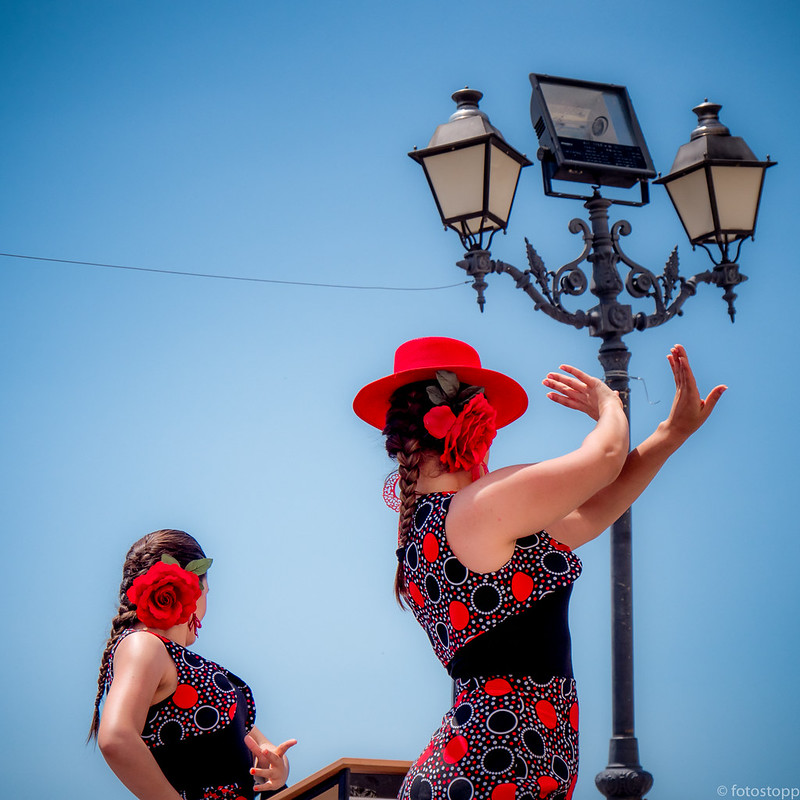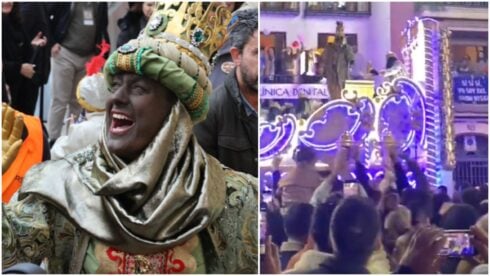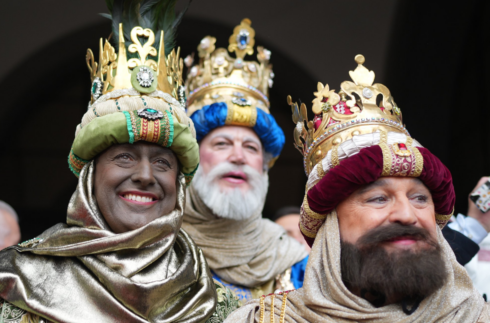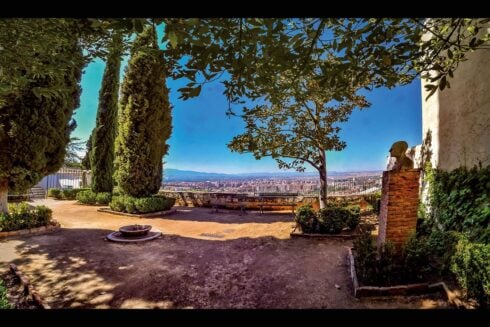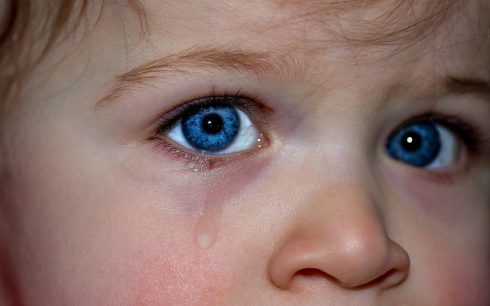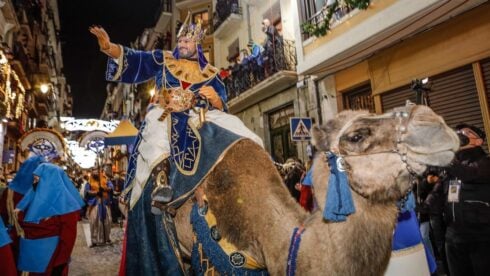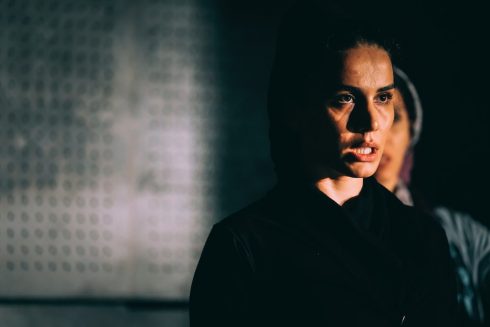NO fashion statement says Andalucia quite like the traje de flamenca. And NEVER has there been a greater need to brighten our lives with a flurry of frills and flounces in sunshine yellow, sky blue and hibiscus red.
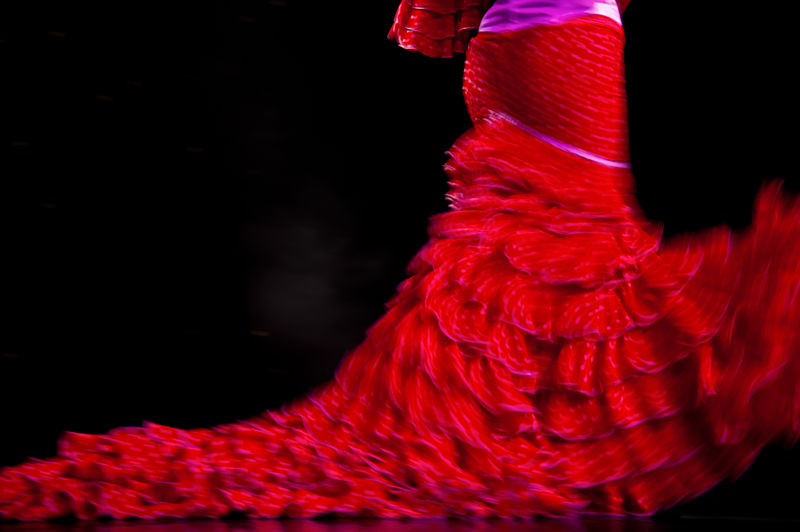
Coronavirus has KO’d traditional summer ferias but there’s no reason to keep your outfit in mothballs this year.
And with bars and restaurants opening their terraces at 50% capacity in some provinces from May 10, there’ll be plenty of space to wear one without tripping up the waiters.
The style that has been turning heads for centuries has even been adopted by royals and celebrities – remember Princess Diana’s flamenco-inspired strapless gown on her 1987 tour of Spain, cheekily worn with one long scarlet glove and one long black glove?
It has also become the global emblem for partying through the Dancer Emoji of the iOS keyboard, who flaunts a characteristic red frilly number.
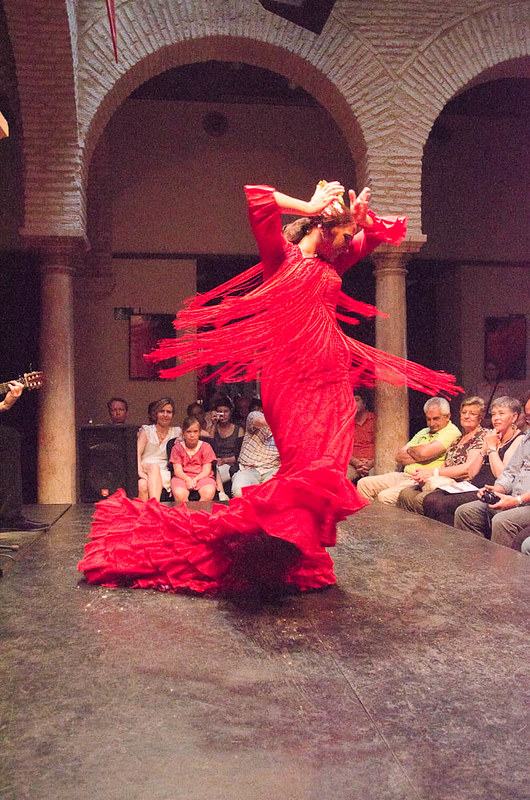
But the gypsy dress that has crossed borders comes from more humble origins.
Its roots are in Seville where the peasants and gypsy women of the late 19th and early 20th centuries wore robes with ruffled hems to do the household chores.
In friendly one-upmanship they began adding embroidery and colours to their gowns, embellishments that did not go unnoticed by the women of high society.
Especially in 1847 when the gypsies of Sevilla started wearing them to the Feria de Abril, originally a cattle fair which, over time, has become one of Spain’s most iconic social events of the year.
It set a new trend and from 1929 onwards the traje de flamenca became the ‘official’ dress for every town’s feria, spreading beyond the borders of Andalucia at a time when professional flamenco dancers also adopted the outfit as its own.
The version used by the pros has a specially adapted train (bata) which emphasises the movements of the ‘bailaora’ (dancer).
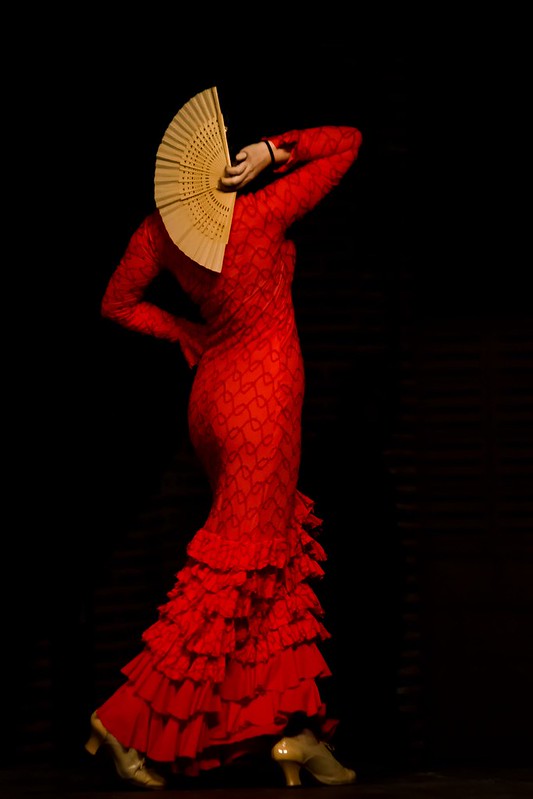
Other styles evolved, such as the so-called ‘guitar body’ which follows the shape of this musical instrument to highlight the shapely curves of the woman – a look sported by the likes of Jackie Kennedy and Grace Kelly.
Sofia Vergara, voted the most elegant Latina in the United States, is a long-time devotee of ‘guitar-body’ dresses, frequently flaunting her hourglass figure in passionate scarlet.
And just last year, the Netherlands royal family added some blue-blooded flamenco flair to Sevilla’s April Fair, with Queen Maxima in electric blue, worn with a hot pink shawl, and her daughters in dazzling yellow and turquoise.
Katy Perry wowed the crowds in a flamenco-inspired gown at the amfAR Gala in 2016, while Nina Dobrev looked devastating in a strapless crimson traje de flamenco at 2011’s Emmy Awards.
Meanwhile Lady Amelia Windsor, granddaughter of the Queen’s first cousin, sported a floral flamenco dress at a fashion shoot for Penelope Chilvers boots in El Rocio, the famous finishing point for Huelva’s muddy feria pilgrimage where boots are de rigeur.
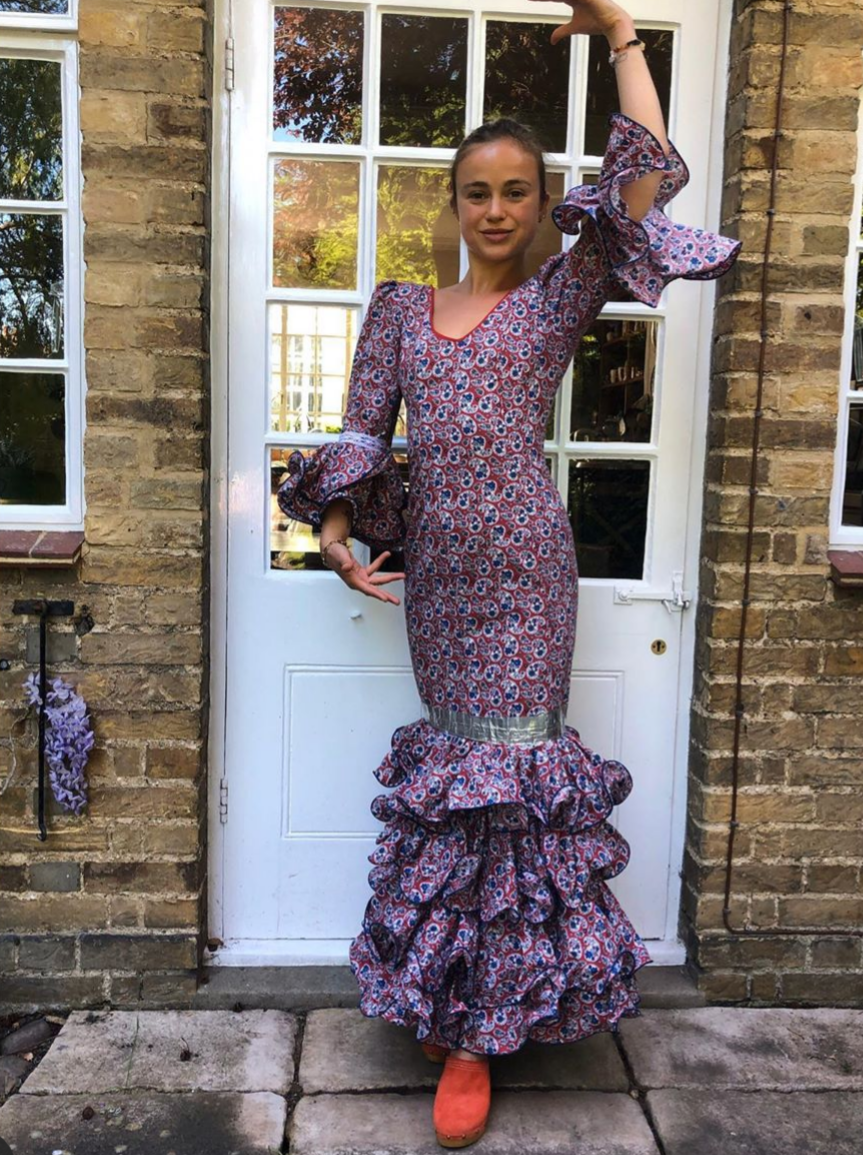
Many brides also opt for a flamenco-inspired dress for their wedding day, and not only those related to the world of bullfighting and canto. Raquel Mauri, wife of Barça soccer player Ivan Rakitic, wore this classic style for her wedding in Sevilla.
To the casual eye, flamenco dresses may look similar, but the styles subtly change every year and custom-made flamenco dresses are considered an important status symbol.
Colour-coordinated hoop earrings, hair combs, flower clips and tasselled shawls are also very much in evidence. Maybe this year, who knows, we’ll see matching fabric face masks too?
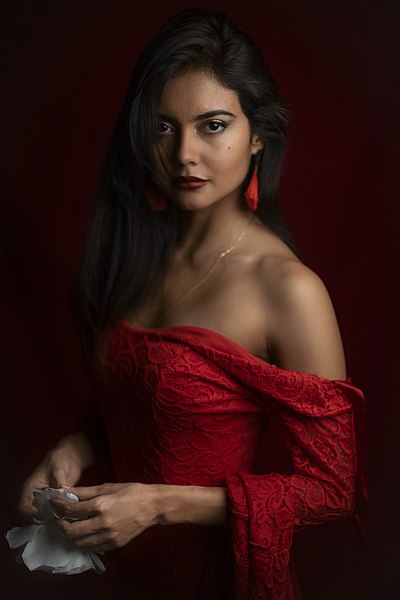
A sassy folding fan completes the look. Handy for cooling off under the scorching Andalucian sun and attracting the attention of waiters, it’s also a crucial part of flamenco dancing with a language all of its own, used to flash flirtatious coded messages.
And why not, it’s Spring after all…
THE FLIRTY LANGUAGE OF FANS
The first abanico in Spain dates back to 1802 and it has its own secret Morse Code. Here are some moves, and their meanings, you can try out on that bar terrace or at home to impress your select group of 10 family members and friends:
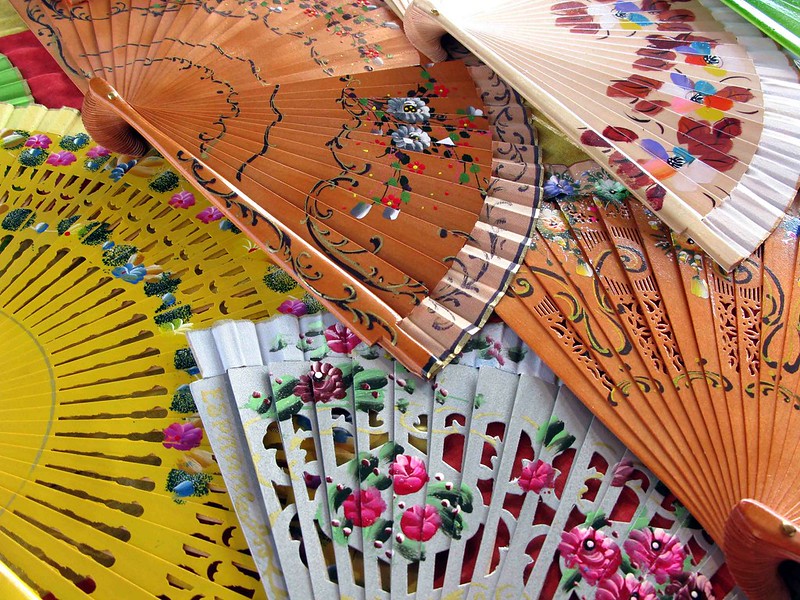
- Open fan over the chest showing the design: “Yes”
- Open fan over the chest showing the back: “No”
- Open fan covering one cheek: “I like you”
- Wave fan very fast: “I really like you”
- Wave fan very slowly: “I am not interested”
- Open fan covering your nose: “I want to see you”
- Open fan covering your chin: “I want to talk to you”
- Closed fan near the heart: “I love you”
- Open fan placed over lips: “Kiss me”
- Close fan waving: “I am thinking about it”
- Hit close fan against hand: “Leave me alone”
- Open and close the fan: “I am upset”
- Open fan waving energetically on one side: “Don’t come now, other people around”
Click here to read more La Cultura News from The Olive Press.

